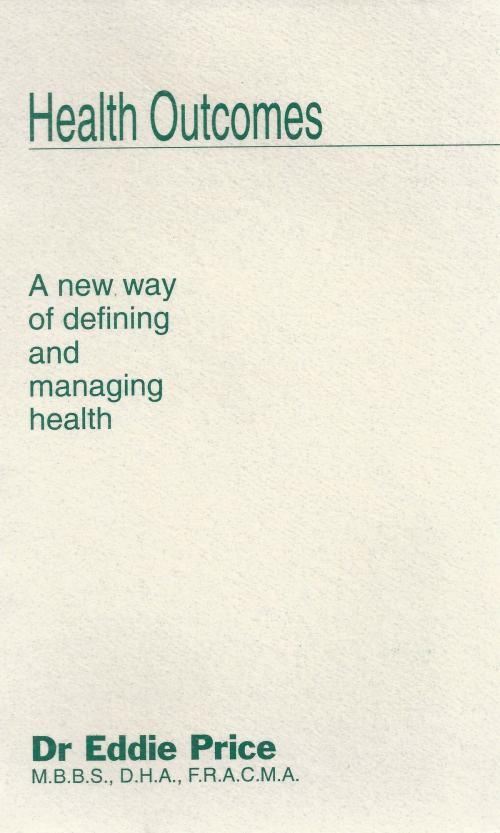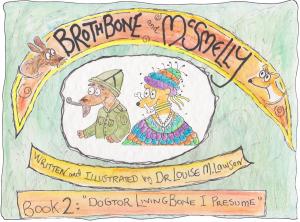Health Outcomes
A New Way of Defining and Managing health
Nonfiction, Health & Well Being, Medical, Reference, Administration, Patient Care, Health Care Delivery| Author: | Dr Eddie Price | ISBN: | 9781925271348 |
| Publisher: | Australian eBook Publisher | Publication: | April 22, 2015 |
| Imprint: | Language: | English |
| Author: | Dr Eddie Price |
| ISBN: | 9781925271348 |
| Publisher: | Australian eBook Publisher |
| Publication: | April 22, 2015 |
| Imprint: | |
| Language: | English |
Although published in 1985, this book is particularly relevant today, with the major move to Health Outcomes.Utilising delightful doctor/patient encounters, taken from his own clinical experience, Dr Price discovers the real objective of the patients attendance at the GP.He discovers that only 10% of medical encounters are aimed at “saving lives” or increasing the life expectancy.That 40% are actually aimed at increasing the patient “Health-Related Quality of Life” or their Functional Health Status.So, what about the other 50%?To his surprise, he finds that as much as 30% of these services are intended to “Relieve Distress” or gaining reassurance, whilst the residual 20%, are or should be, preventive services or health promoting services.In 1985, other than life expectancy, the other 90% of healthcare services’ effectiveness were not being measured.Dr Price noted that these could only be measured at that time by quantified questionnaires to the patient.The Appendix sets out one such questionnaire developed by, and first used by, Dr Price in 1980.The final chapter, “The Emperor’s New Clothes”, highlights solutions, as documented in this 1985 book, and now, with internet enablement, even more readily-implementable in 2015.
Although published in 1985, this book is particularly relevant today, with the major move to Health Outcomes.Utilising delightful doctor/patient encounters, taken from his own clinical experience, Dr Price discovers the real objective of the patients attendance at the GP.He discovers that only 10% of medical encounters are aimed at “saving lives” or increasing the life expectancy.That 40% are actually aimed at increasing the patient “Health-Related Quality of Life” or their Functional Health Status.So, what about the other 50%?To his surprise, he finds that as much as 30% of these services are intended to “Relieve Distress” or gaining reassurance, whilst the residual 20%, are or should be, preventive services or health promoting services.In 1985, other than life expectancy, the other 90% of healthcare services’ effectiveness were not being measured.Dr Price noted that these could only be measured at that time by quantified questionnaires to the patient.The Appendix sets out one such questionnaire developed by, and first used by, Dr Price in 1980.The final chapter, “The Emperor’s New Clothes”, highlights solutions, as documented in this 1985 book, and now, with internet enablement, even more readily-implementable in 2015.















